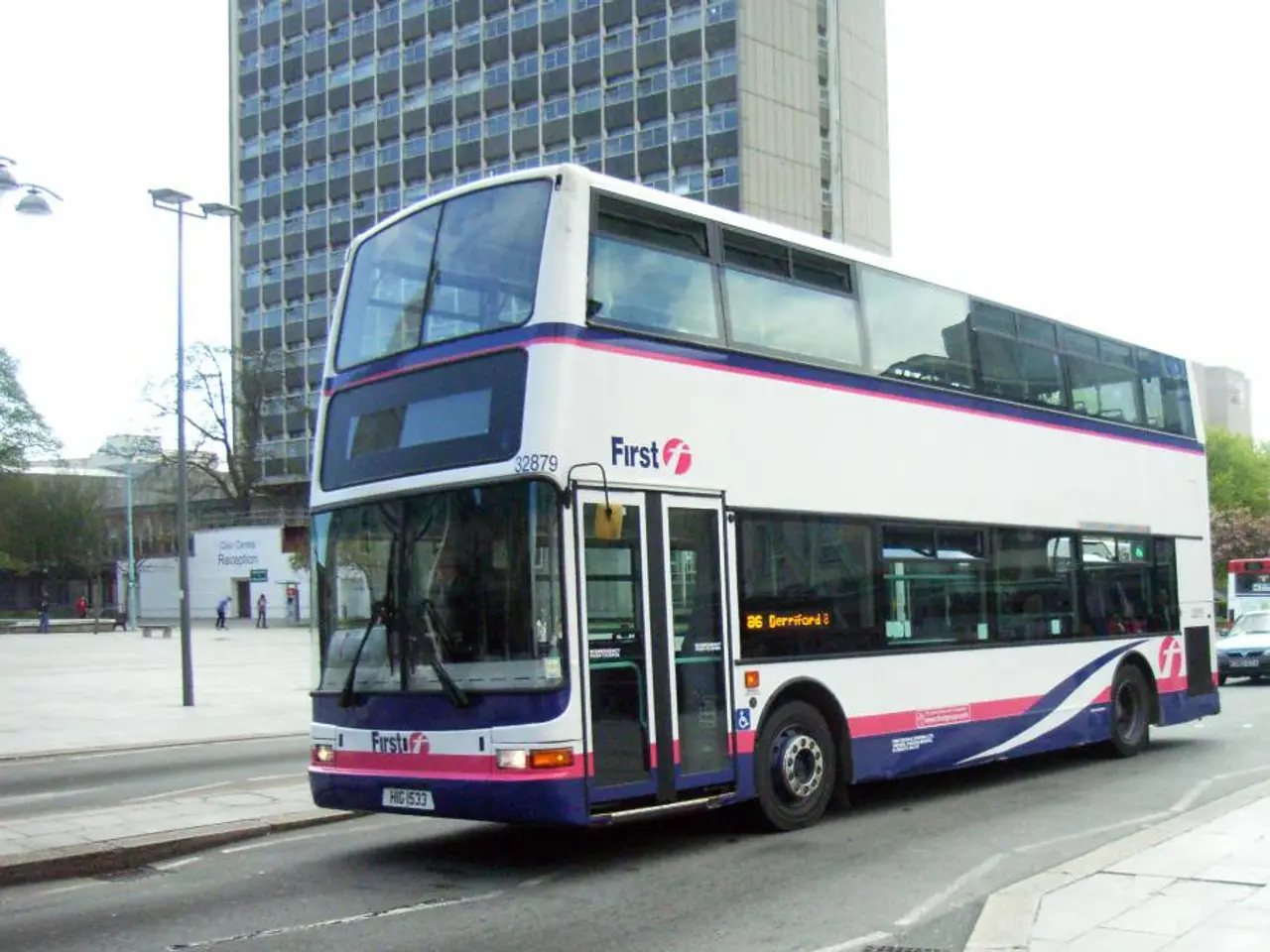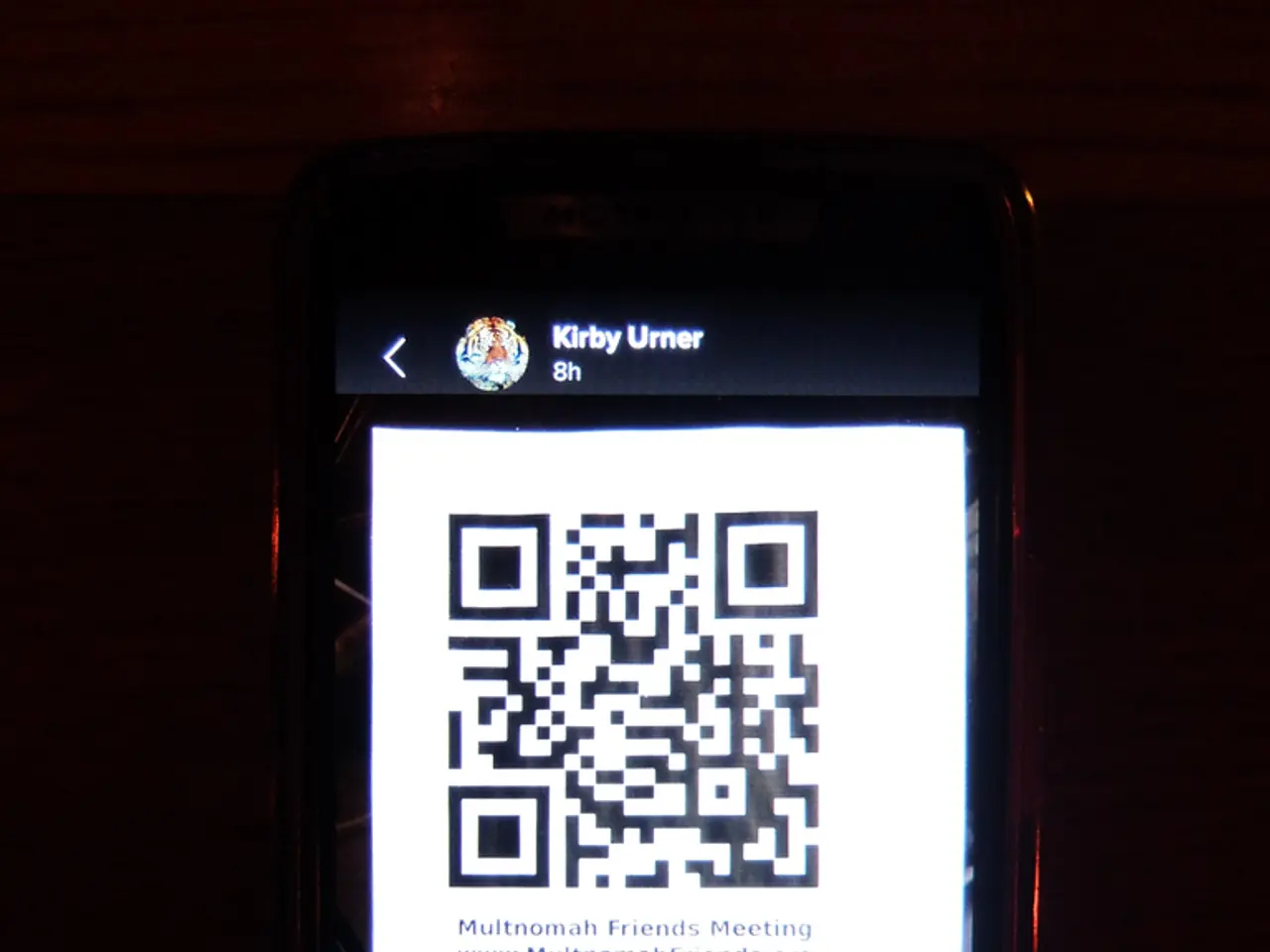Everyday city living being digitally transformed: a look at the increasing interconnectivity and digital organisation of city life
The digitalization of urban life is reshaping cities across the globe, impacting pace, participation, and transparency in numerous and interconnected ways.
Pace
Digital technologies and AI are accelerating daily urban activities, making services more efficient and convenient. From AI-powered traffic management systems to ride-sharing apps and online shopping platforms, these advancements are increasing the speed and ease of urban living. However, this acceleration can also lead to a reduction in spontaneous interactions in public spaces, as many transactions and interactions shift to private, virtual environments [1].
Participation
While digital tools hold the potential to broaden participation in urban governance and services, there is a risk that this digitalization may lead to a decrease in face-to-face encounters in public spaces. These encounters are crucial for building social trust and community cohesion. The privatization of interaction may lessen participatory diversity and weaken communal bonds [1][3].
Transparency
Digitalization promotes transparency through improved data sharing, open platforms, and integrated urban management systems. These advancements can make public services more accessible and accountable. However, the benefits depend on inclusive, interoperable digital infrastructure and data policies that protect privacy and prevent elite enclaves. Smart city initiatives emphasize the need for bridging the digital divide and ensuring data rights to maintain trust and openness in urban governance [2][3].
In many municipalities, administrative processes are streamlined through digital means. Applications for IDs, registrations, kindergarten places, or building permits can be submitted online. Digital feedback channels provide valuable insights into local conditions for city administrations. Intelligent systems offer online appointment bookings and central citizen portals. Many parking apps show available parking spaces in real-time and allow contactless payment and extension of parking time.
Cities present themselves digitally as structured, interactive, and partly personalized platforms. Apps allow citizens to report issues in the cityscape, becoming active co-creators. Cities become platforms where people, data, and functions communicate in real-time.
Digital platforms in neighborhoods facilitate neighborly help, strengthening community ties. Digitalization creates a new pace in everyday life, allowing for short-term planning, spontaneous reactions, and faster actions. Platforms like my city singles make social life more visible and planable, structuring and increasing accessibility of interpersonal interaction.
Real-time navigation apps integrate various mobility services, helping find efficient city routes. Digitalization enables more participation, as people in remote areas or with physical restrictions gain access to offers that would otherwise be closed to them.
In summary, while digitalization speeds up urban processes and holds promise for enhanced participation and transparency through data and connectivity, it also challenges traditional social interactions and trust-building in shared public spaces. The key implications call for balanced approaches that combine technological innovation with policies fostering inclusiveness, privacy, and active community engagement [1][2][3].
- As digital technologies advance, they are not only streamlining urban administrative processes but also introducing real-time navigation apps that integrate various mobility services, allowing for more inclusive participation by offering access to services that were previously unreachable for some.
- The increased pace brought about by digital technologies and AI in urban living, while making services more efficient and convenient, can also lead to a potential decrease in spontaneous interactions in public spaces due to the shift towards private, virtual environments, potentially weakening communal bonds.



